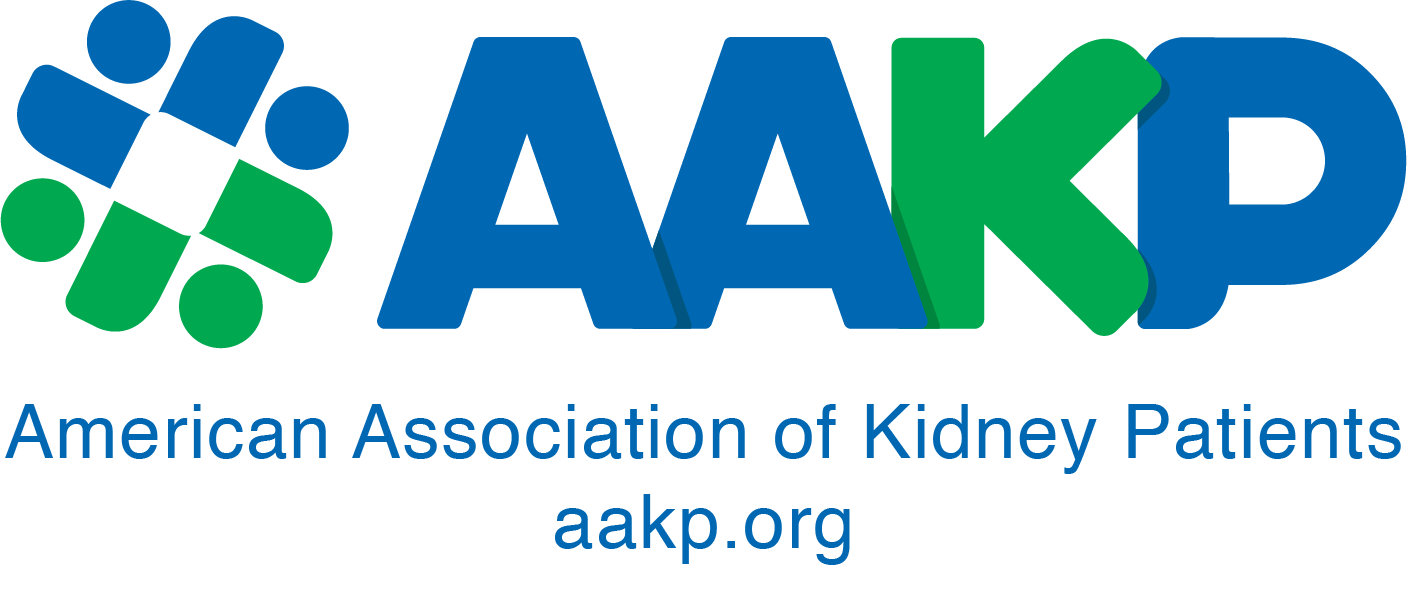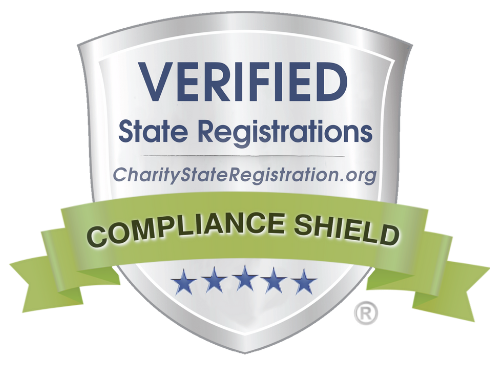By Jennifer Gander, PhD, MSPH, Kaiser Permanente Georgia
For people with kidney disease, physical activity and exercise have been found to improve quality of life, physical function, and nutritional parameters (i.e. albumin), and decrease the risk of death. But I want to shift the narrative and focus more on “physical activity” and less on “exercise.” These terms may mean the same to health experts, but to many people the term “exercise” can feel like an overwhelming, structured activity that must be done often. Many think of “exercise” as taking an aerobics class, walking on a treadmill, or lifting weights, and they wouldn’t be wrong, but exercise is so much more than a Zumba class, which is why I prefer the term “physical activity.” Physical activity should be thought of as just moving your body, whether that is in a gym, walking around your neighborhood and waving to your neighbors, or chasing after your grandchildren at their favorite playground.
In a 2020 aakpRENALIFE article*, we talked about tips and suggestions on how to get moving. As that article highlights, it is important to remember that every step counts and that even small activities that get your body moving can really add up to a lot of physical activity. To make the “every step counts” mantra part of your every day life, start by getting a step counter (also known as a pedometer). Simple step counters can be found at your local pharmacy store, on some smart phones, free apps, or you can purchase a physical activity monitor that tracks steps, heart rate, and ‘active minutes. Once you have a step counter, follow these four easy steps to get started and build an activity schedule:
- Before changing anything about your daily routine, wear the step counter for three days and see how many steps you have taken at the end of the day before bedtime. Write down the number of steps each day in a journal, on your phone, a post-it note, or the back of an old envelope. It doesn’t matter where you write it down - what’s important is that you write it down so you can remember your step count.
- On day four, aim to increase the number of daily steps by 10 percent. This means if you walked about 1,500 steps on day one through three, aim for 1,650 steps. Keep this goal for the next seven days—days four through ten.
- On day 11, increase your target step count again by 10 percent for the next week. For the person that walked 1,500 steps on days one through three, and 1,650 steps on days four through ten, your target for this week will be 1,815 steps.
- Keep going and keep tracking your progress! You may have bad days where you don’t hit your target, but you will also have good days when you do, and by day 20, you can look back at where you started and see how far you have come!
Visit https://bit.ly/AAKPcalendar for a calendar to help track your steps every day. Visit https://bit.ly/AAKPstepcount to review a 31-day schedule to help you set your step count goals.
Beat the Heat! Summer is upon us and so is the heat! Beat the heat this summer by following a few of these suggestions. If you want to get outside and be physically active, do it earlier in the day. You can also move your activities inside. Exercises and activities that help improve balance and increase muscle endurance can be done either in your living room, a community center, or gym. Large shopping malls and big box stores (such as Walmart, Costco, or Target) can be great places to walk inside and avoid the heat: and the shopping carts can be used to help with balance as you roam aisles. There are also exercises and activities that can be completed while sitting or receiving dialysis treatment. While on dialysis or in the sitting position, patients with kidney disease can use resistance bands to improve strength or use a mini-exercise bike (pedal device). I would encourage the patients that are on dialysis to work with the dialysis staff and see what would work for the dialysis facility, and make sure the dialysis staff are aware of these activities to ensure your safety.
Always Make Sure to Talk With Your Doc! Your healthcare team is a great source of information on physical activity. Talk with your doctor about your physical activity goals. Be honest with them. If you are having problems carrying the groceries or walking to the mailbox without losing your breath, tell them.
Your doctor healthcare team should be able to tell you how to safely increase your physical activity and provide you small goals that add up to your larger health goal.
Stay Motivated! Find a way to journal your physical activity journey. The calendar described above can help track your step count and the improvements you make throughout the way. You can also track other metrics such as how long you are able to walk without shortness of breath, how your balance has improved, or how your muscle endurance has increased. There will always be good days and bad days, days that you will not feel like being active, and days when you feel like you have made no progress at all. Writing down where you start and your periodic progress will serve as a reminder on those days you feel frustrated how far you have come and the energy and endurance you have gained along the way! Remember—progress is progress, and any little bit of physical activity may lead to many benefits!
Resources:
*Read Dr. Gander’s article, “Get Motivated and Get Moving for Better Health”, in May 2020 aakpRENALIFE, page 19: https://bit.ly/RLmay2020
Read AAKP’s “Coping, Living, and Thriving with Kidney Disease” free downloadable brochure:
English: https://bit.ly/AAKPcoping-ENG
Spanish: https://bit.ly/AAKPcoping-SPA
Dr. Jennifer Gander is a public health researcher committed to a career in clinical and translational research. Dr. Gander’s current focus is to improve health outcomes for patients diagnosed with kidney disease. Physical activity has been associated with the prevention and management of chronic diseases including heart disease, diabetes, hypertension, and kidney disease. Dr. Gander continues to work closely with clinicians and healthcare professionals to ensure quality, patient-centered care is delivered. She is working with AAKP to develop a peer mentoring program for kidney disease patients.
This article is from aakpRENALIFE July/August 2021.
























